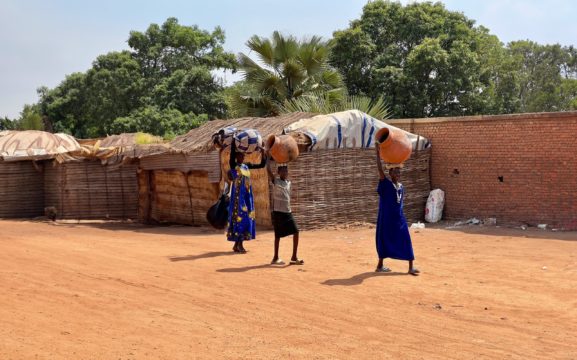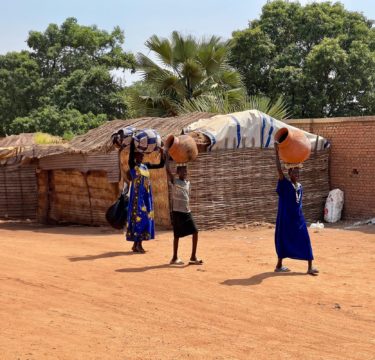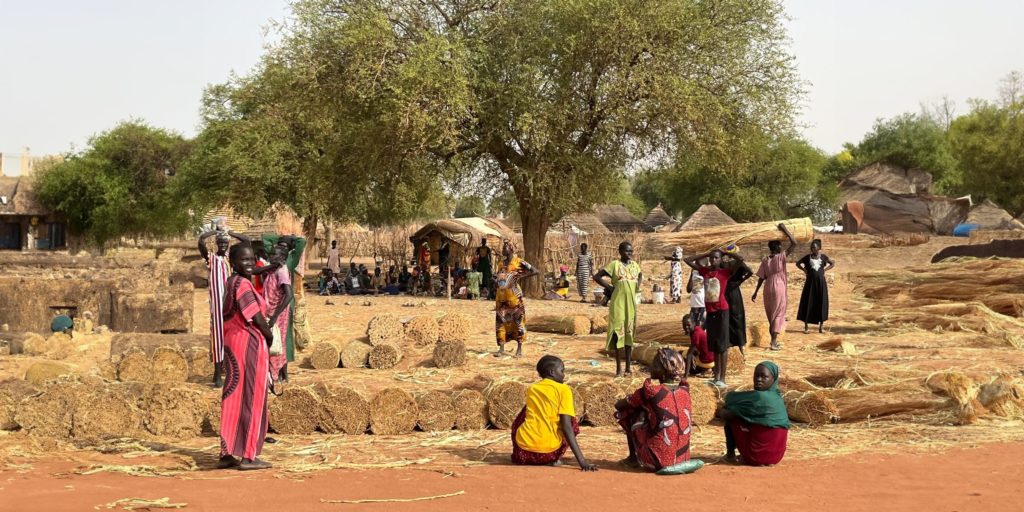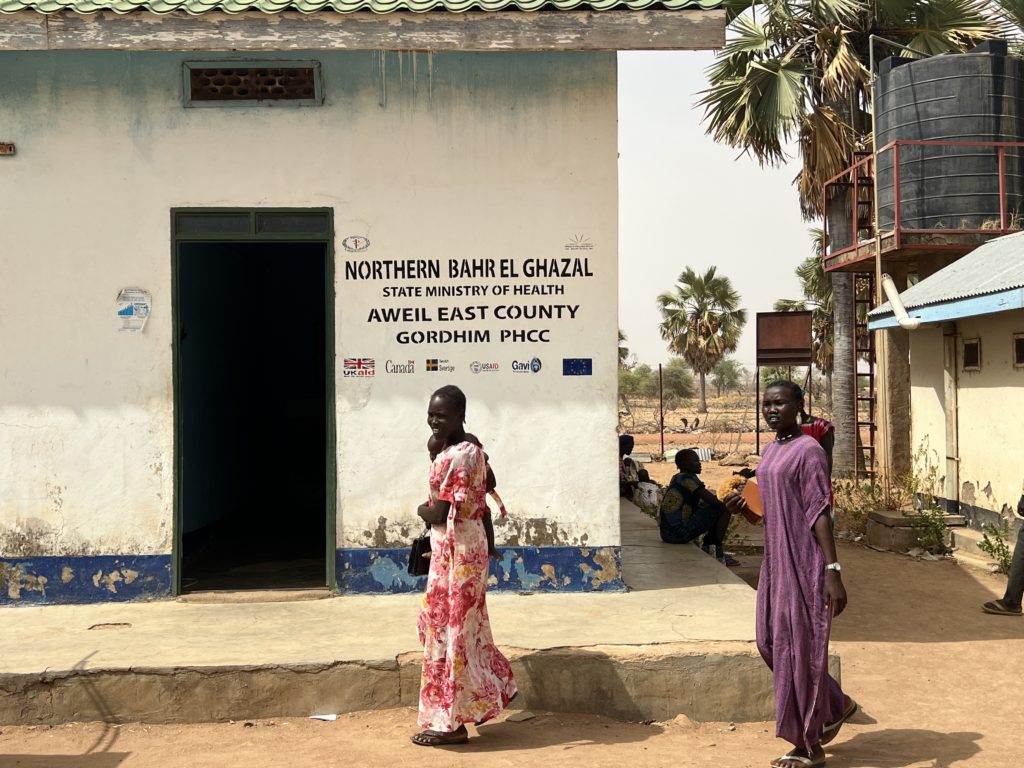In South Sudan, women and children are most at risk


Women and children are most at risk in the refugee camps in Aweil County. Live theirs to more than 16,500 people at risk of hunger and disease. For them, the PCPM mobile clinics are the only source of help. Unfortunately, violence is also often a threat in the camps.
According to incomplete data, 2 million South Sudanese have fled their homes and around 8 million people need humanitarian assistance. Unfortunately, hunger is common in places like Gordhim, where the Polish Centre for International Aid is helping.
Medical facilities are alarmed that the most common cause of medical consultations is malnutrition, especially among children under the age of five.
PCPM’s assistance
In addition to providing basic medicines, the Foundation is helping with nutritional therapy at a clinic in Gordhim. Thanks to PCPM, there is also a mobile clinic just across the Sudanese border, which can go to hard-to-reach places like the refugee camps in Buothyar, Warwar, and Maperdut. Its most important task is to treat children at risk of dying of starvation with special high-energy food.
However, the medical clinic is not only about treatment but also about education. The doctors also try to increase awareness through health education, focusing on infant and young child feeding practices among pregnant and breastfeeding women.

90,000 sachets of therapeutic food were delivered by PCPM to South Sudan in 2024. In addition, PCPM also provides a range of medicines for pregnant mothers and children under the age of five. As part of the Foundation’s support for the people in the region, seeds have also been provided so that people can plant in their home gardens, which should help at least a little in providing food.
Hunger in South Sudan
Whether a child is extremely malnourished is checked by measuring the circumference of the child’s arm. This is a simple method to use in a place like Gordhim. When a young patient’s arm circumference is below 12.5 cm, they need immediate treatment. Appropriate anthropometric measurements like weight and height are also taken. It is checked if the child has nutritional oedema, and a proper classification is given, indicating what therapy is needed. A total of 10 176 children under the age of five were examined during the year. Of these, as many as 2,485 needed treatment with therapeutic foods.
However, the Gordhim clinic does not only help children under 5 years of age. For example, from July to December 2024, 9353 patients over the age of 5 were treated, 889 children were vaccinated, 1326 mothers were given prenatal checkups, 184 births were delivered, 970 children were given vitamin A, and 1120 children were dewormed.
Camps for returnees from Sudan
South Sudan, the youngest country in the world, is facing a huge humanitarian crisis. The armed conflict in neighboring Sudan has forced a mass exodus of people who have found refuge in refugee camps. The situation is exacerbated by catastrophic living conditions: lack of access to clean water, food, and medical care.
Floods and damaged infrastructure leave camp residents vulnerable to infectious diseases. Women and children in refugee camps are particularly at risk. Sexual violence is one of the most pressing problems they face. Women are at risk of rape and other forms of sexual abuse both on the run and in the camps.
Lack of access to basic services such as clean water, sanitation, and health care increases the risk of infectious diseases and, in children, leads to malnutrition and stunted development. The unstable security situation in the camps causes residents constant stress and a sense of insecurity. Lack of prospects and uncertainty about their future are further factors that negatively affect the mental and emotional health of women and children.

The situation is particularly alarming in Aweil County, where Gordhim is located. The province has more than 550,000 people, plus 16,500 refugees in camps: Buothyar, Warwar, and Maperdut. The number of refugees exceeds the absorption capacity of the region, and the camps face severe shortages of supplies and infrastructure. Faulty water supply systems lead to chronic drinking water shortages, forcing residents to make long and dangerous treks. As a result, sanitation conditions are deplorable, encouraging outbreaks of infectious diseases. Food shortages are causing more and more people, especially children, to suffer from malnutrition.
Despite the efforts of the mobile clinic staff, access to medical care is severely limited. The mobile clinics are the only source of help for many camp residents. They test for TB and HIV. In total, more than 2,800 tests have been performed. Forty-two cases of TB and five of HIV have been detected. The figures on malnutrition among children are particularly alarming. In the three largest camps, more than 60 percent of the children tested under the age of five were underweight, and more than 2,800 required immediate nutritional therapy. In total, more than 12,000 medical consultations were carried out.